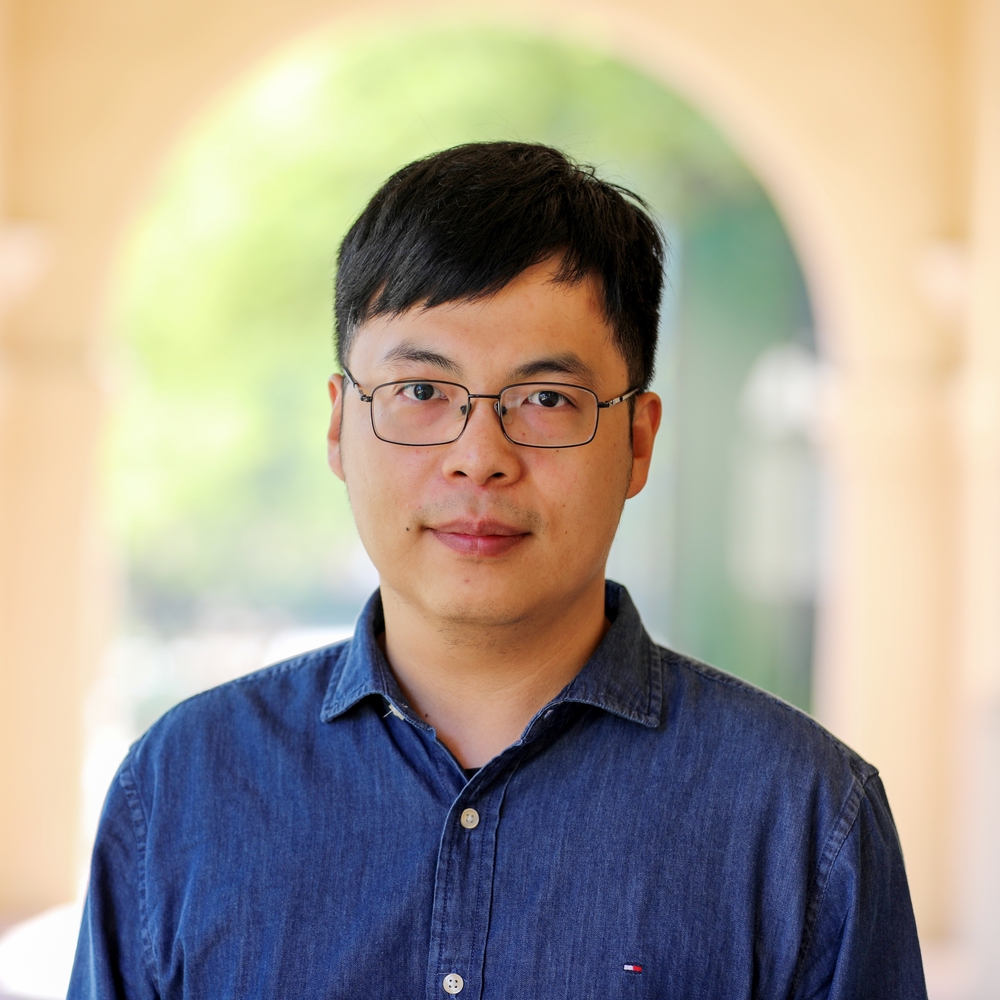Abstract
Obtaining frozen sections of bone tissue for intraoperative examination is challenging. To identify the bony edge of resection, orthopaedic oncologists therefore rely on pre-operative X-ray computed tomography or magnetic resonance imaging. However, these techniques do not allow for accurate diagnosis or for intraoperative confirmation of the tumour margins, and in bony sarcomas, they can lead to bone margins up to 10-fold wider (1,000-fold volumetrically) than necessary. Here, we show that real-time three-dimensional contour-scanning of tissue via ultraviolet photoacoustic microscopy in reflection mode can be used to intraoperatively evaluate undecalcified and decalcified thick bone specimens, without the need for tissue sectioning. We validate the technique with gold-standard haematoxylin-and-eosin histology images acquired via a traditional optical microscope, and also show that an unsupervised generative adversarial network can virtually stain the ultraviolet-photoacoustic-microscopy images, allowing pathologists to readily identify cancerous features. Label-free and slide-free histology via ultraviolet photoacoustic microscopy may allow for rapid diagnoses of bone-tissue pathologies and aid the intraoperative determination of tumour margins.
Publication
Nature Biomedical Engineering, vol. 6, no. 9, pp. 1-11

Assistant Professor of ECEE and BME
I am an Assistant Professor of Electrical, Computer & Energy Engineering (ECEE) and Biomedical Engineering (BME) at the University of Colorado Boulder (CU Boulder). My long-term research goal is to pioneer optical imaging technologies that surpass current limits in speed, accuracy, and accessibility, advancing translational research. With a foundation in electrical engineering, particularly in biomedical imaging and optics, my PhD work at the University of Notre Dame focused on advancing multiphoton fluorescence lifetime imaging microscopy and super-resolution microscopy, significantly reducing image generation time and cost. I developed an analog signal processing method that enables real-time streaming of fluorescence intensity and lifetime data, and created the first Poisson-Gaussian denoising dataset to benchmark image denoising algorithms for high-quality, real-time applications in biomedical research. As a postdoc at the California Institute of Technology (Caltech), my research expanded to include pioneering photoacoustic imaging techniques, enabling noninvasive and rapid imaging of hemodynamics in humans. In the realm of quantum imaging, I developed innovative techniques utilizing spatial and polarization entangled photon pairs, overcoming challenges such as poor signal-to-noise ratios and low resolvable pixel counts. Additionally, I advanced ultrafast imaging methods for visualizing passive current flows in myelinated axons and electromagnetic pulses in dielectrics. My research is currently funded by the National Institutes of Health (NIH) K99/R00 Pathway to Independence Award.